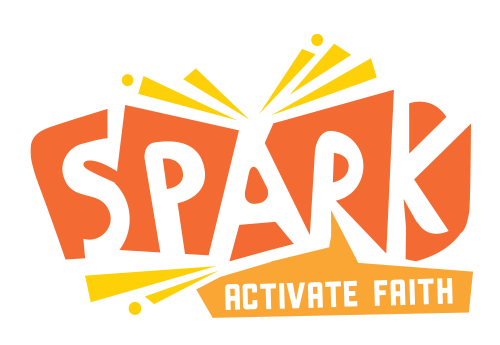Dear members of God’s family at Resurrection Church,
Easter is 50 days long and the Day of Pentecost is the 50th day. Easter has 8 Sun- days and the Day of Pentecost is the 8th Sunday, the last day of the feast. The Spirit of God, celebrated on this day, takes all the meaning of Easter, all the life and hope God gives us, the very presence of Jesus Christ alive, and pours this love into our hearts. This gift is true, even when we are sheltering at home, away from our usual gathering. The Spirit of God, the Spirit of the risen Christ, unites us. If you are able, join your fellow members of this one Body in prayer at home at 10am on May 31.
Alleluia Christ is risen!
Worship material for the Day of Pentecost, May 31, 2020
 Home Worship Bulletin for May 31, 2020
Home Worship Bulletin for May 31, 2020 Children's Bulletin for May 31, 2020
Children's Bulletin for May 31, 2020- The transcript of Pastor Linman's sermon
And don't forget:
 Spark Family Sunday School has lessons for today about "The Holy Spirit"
Spark Family Sunday School has lessons for today about "The Holy Spirit"
The following have been posted to YouTube; here is the YouTube Playlist for May 31, 2020:
- Musical Reflection, Veni Creator Spiritus, James Biery
- Barbara Verdile: Psalm 104:24-34, 35b
- Pastor Linman's recorded sermon
- Hymn #405, "O Spirit of Life"
- Choir Anthem, The Lone Wild Bird, David N. Johnson
- Hymn #396, "Spirit of Gentleness"
Music Notes
Musical Reflection: Veni Creator Spiritus, James Biery (1956).
"Veni Creator Spiritus" ("Come Creator Spirit") is a hymn believed to have been written by Rabanus Maurus in the 9th century. When the original Latin text is used, it is normally sung in Gregorian chant. It has been translated into several languages, often as a hymn for Pentecost.
James Biery is an American organist, composer and conductor who is Minister of Music at Grosse Pointe Memorial Church (Presbyterian) in Grosse Pointe Farms, Michigan, where he directs the choirs, plays the 66-rank Klais organ and oversees the music program of the church. Prior to this appointment Biery was music director for Cathedrals in St. Paul, Minnesota and Hartford, Connecticut.
Hymn of the Day: “O Spirit of Life”, #405
Text: Johann Niedling (1602-1668)
Tune: O HEILIGER GEIST, Köln (1623), rar. J. S. Bach (1685-1750)
This German text is attributed to Johann Niedling of whom little is known. It was translated by John Mattes (1876-1948) early in the 20th century. A litany-like refrain brackets all th stanzas. They begin by remembering the Spirit’s action and relationship to the Trinity, then ask for increase in faith, love and light.
The composer of the tune known as “O Heiliger Geist” is unknown. It’s first known printing was in 1623. J. S. Bach harmonized it in 1736.
Choir Anthen: The Lone Wild Bird, David N. Johnson, arr. (1922-1987)
Text: Henry Richard McFayden (1877-1964)
A little volume of David N. Johnson’s entitled Twelve Folksongs and Spirituals (1968) seems to have served several purposes in the evolution of this text. First, he rescued this little jewel from relative hymnological oblivion; second, he paired it quite successfully with the haunting tune PROSPECT from the famous American tunebook, The Sacred Harp (1844); and lastly, he made a few alternations to the text including the substitution of “bird” for “fowl” in the incipit or opening line of the poem.
The text was written for a hymn-writing contest sponsored by the Homiletic and Pastoral Review while Henry Richard McFadyen was serving the Nashville Presbytery. The hymn was published in 1927 and included in The [Presbyterian] Hymnal (1933) with the original first line, “The lone, wild fowl.”
McFadyen’s original two stanzas follow with Johnson’s alterations in brackets:
The lone, wild fowl [bird] in lofty flight
is still with thee, nor leaves thy sight.
And I am thine! I rest in thee,
Great Spirit, come and rest in me.
The ends of earth are in thy hand,
the sea's dark deep and no man's [far off] land.
And I am thine! I rest in thee,
Great Spirit, come, and rest in me.



